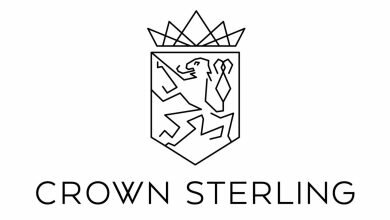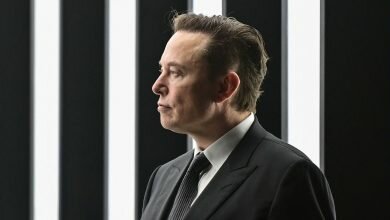Europe awaits Nord Stream 1 restart as supply uncertainty mounts

The European Union is urging its member states to reduce gas use by 15 percent from August to March next year, as concerns grow that Russia could cut gas flows to the continent.
The 27-nation bloc, already battered by a record-breaking heat wave and rising inflation, could soon face a dangerous energy crisis.
“Europe’s gas markets have experienced months of confusion and apprehension as Russian gas supplies fluctuated,” Kaushal Ramesh, senior gas analyst at Rystad Energy, a Norwegian research firm, told Al Jazeera. “Most of it is out of Europe’s control.”
Russian President Vladimir Putin has indicated that gas shipments through the Nord Stream 1 pipeline will resume as soon as maintenance is complete, but has also warned that until a dispute over approved parts is resolved, flow may be limited.
More than a third of Russian gas shipments to the European Union go through the Nord Stream 1 pipeline. It is closed for annual maintenance since July 11; Deliveries are expected to resume on Thursday.
“The general expectation is that tomorrow the flow through the Nord Stream will reach a maximum capacity of 67 million cubic metres, but in the coming days it may come down to 30 million as the second turbine now requires maintenance,” Ramesh said. “
The conflict in Ukraine has already caused supply disruptions, and is expected to affect energy flows.
Countries in Europe are finding it difficult to replenish their gas reserves before the winter months. Natural gas is essential to heat homes and power factories, and an energy crisis could threaten Europe’s shaky economic recovery further than a pandemic-induced recession.
EU countries will now consider the rationing scheme put forth by the European Commission. According to the proposal, the member states of the bloc will have to reduce their gas use by 15 percent from their average level in the same months between 2016 and 2021. Ministers will discuss the course of action on Friday to confirm it next week.
Nord Stream Parts and Politics
Kremlin-controlled Gazprom last month reduced gas shipments through the Nord Stream 1 pipeline to 40 percent of capacity. Russia said the cuts were attributed to a delay in the return of the turbines it was servicing at Siemens Energy Canada.
This week, it was reported that the part affected by sanctions on Russia due to the invasion of Ukraine was withdrawing. On Wednesday, Gazprom said it had not yet received the necessary paperwork to reinstall the turbine. It stressed that equipment maintenance and return of the turbine is necessary to keep the pipeline running.
In earlier statements, Putin claimed that one of Nord Stream 1’s five Siemens energy-powered gas pumping units was inoperative due to “collapse of the inside layer” and that a second transport was scheduled for maintenance on 26 July. was to be done.
Putin said that if a component of the pipeline is not returned to Russia due to sanctions, the link will only operate at 20 percent of its capacity as soon as next week because another part that is currently in Russia needs to be serviced. the wanted.
“If someone else comes, two will do the job. If not, then just one, then 30 million cubic meters will be pumped per day,” he told reporters in Iran late Tuesday on the heels of talks with the country’s leader.
Putin has also claimed that Gazprom, which has a monopoly on Russian pipeline gas exports, is not responsible for the decline in the amount of gas that can be transported to Europe.
He blamed Kyiv for the closure of a route through Ukraine, but Ukrainian officials claim the closure was due to Russian aggression.
European nations were scrambling for alternative energy supplies long before Russia invaded Ukraine as fuel demand soared when economies opened up after being hit by the pandemic.
Europe awaits the restart of Nord Stream 1 after supply uncertainty swirled for the first time on Al Jazeera.




